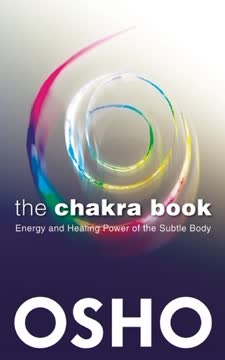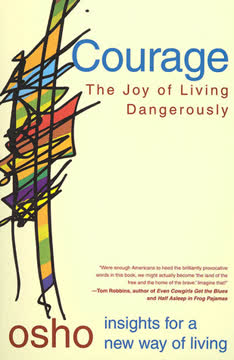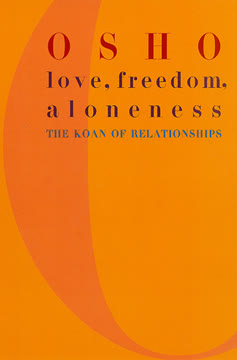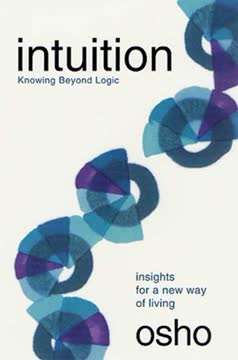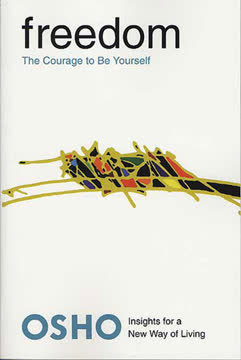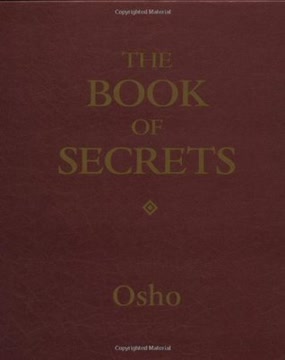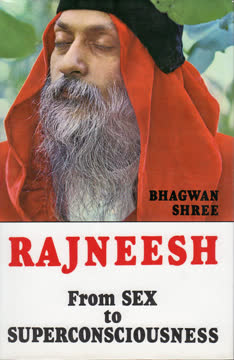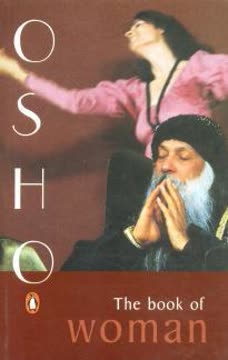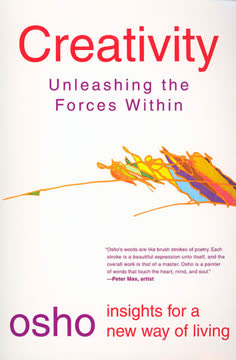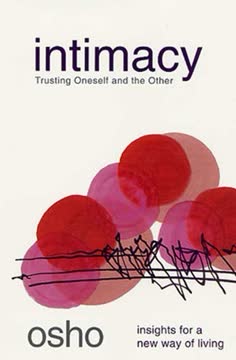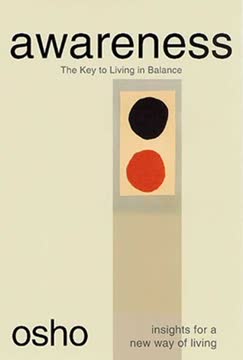Key Takeaways
1. The Seven Chakras: A Map of Human Consciousness
"Man is a rainbow, all the seven colors together."
Energy centers. The seven chakras represent different levels of consciousness and energy within the human body. Each chakra corresponds to specific physical, emotional, and spiritual aspects of our being:
- Muladhara (Root): Survival, grounding, stability
- Svadhishthana (Sacral): Creativity, sexuality, emotions
- Manipura (Solar Plexus): Personal power, will, self-esteem
- Anahata (Heart): Love, compassion, connection
- Vishuddha (Throat): Communication, self-expression
- Ajna (Third Eye): Intuition, wisdom, insight
- Sahasrara (Crown): Spiritual connection, enlightenment
Evolutionary journey. As we progress through these chakras, we evolve from basic survival needs to higher states of consciousness, ultimately reaching a state of unity with the cosmos.
2. Tantra: The Path of Liberation Through Awareness
"Tantra is freedom – freedom from all mind constructs, from all mind games; freedom from all structures, freedom from the other."
Beyond religion. Tantra is not a conventional religion but a radical approach to spiritual growth that embraces all aspects of life. It seeks to liberate individuals from societal conditioning and mental constructs that limit their potential.
Embracing totality. The tantric path encourages practitioners to:
- Accept and integrate all aspects of themselves, including those deemed "negative" by society
- Cultivate awareness in every moment and action
- Transform ordinary experiences into opportunities for spiritual growth
Non-dual perspective. Tantra teaches that everything is a manifestation of divine consciousness, eliminating the separation between sacred and profane.
3. The Inner Union of Masculine and Feminine Energies
"Adam has Eve in him, and Eve has Adam in her. In fact, nobody is just Adam and nobody is just Eve, we are Adam-Eves."
Internal balance. Every individual contains both masculine and feminine energies, represented by the ida (feminine) and pingala (masculine) nadis in yogic philosophy. Spiritual growth involves harmonizing these internal polarities.
Transcending duality. The ultimate goal is to unite these opposing forces within oneself, leading to a state of wholeness and non-duality. This inner union is symbolized by the central channel, sushumna, through which kundalini energy rises.
Relationships as mirrors. External relationships often reflect our internal state of balance or imbalance between masculine and feminine energies. By working on inner harmony, we can improve our outer relationships and vice versa.
4. Transcending the Ego: From Duality to Unity
"When you are an individual, when your split has disappeared and you are bridged together, then everything is bridged together."
Beyond separation. The ego creates a sense of separation between self and other, subject and object. Spiritual practice aims to dissolve this illusory boundary, revealing the underlying unity of all existence.
Stages of realization:
- Recognition of the ego's limitations
- Cultivation of witness consciousness
- Gradual dissolution of identification with thoughts and emotions
- Experience of non-dual awareness
Paradoxical truth. As one transcends the ego, they paradoxically become more authentically themselves while simultaneously realizing their oneness with all of existence.
5. The Power of Breath and Energy Cultivation
"If you breathe rightly, your pranamay kosh remains healthy and whole and alive."
Life force. Prana, or life energy, is closely connected to the breath. Conscious breathing practices can help cultivate and direct this vital force throughout the body and energy system.
Techniques for energy cultivation:
- Pranayama: Various yogic breathing exercises
- Qigong: Taoist energy practices
- Meditation: Mindful awareness of the breath
Benefits of energy cultivation:
- Increased vitality and well-being
- Enhanced mental clarity and focus
- Deeper spiritual experiences and insights
- Activation and balancing of the chakras
6. Meditation: The Key to Unlocking Inner Potential
"Meditation is just the means to create a bridge from the gross to the subtle."
Gateway to consciousness. Meditation is a powerful tool for exploring and expanding consciousness, allowing practitioners to access deeper levels of awareness and insight.
Progressive stages:
- Relaxation and concentration
- Mindfulness and present-moment awareness
- Witnessing thoughts and emotions
- Access to subtler states of consciousness
- Non-dual awareness and spiritual realization
Integration with daily life. The ultimate goal is to bring the qualities cultivated in meditation—such as presence, clarity, and compassion—into everyday activities and relationships.
7. Transforming Sexual Energy into Spiritual Growth
"Sex is just a glimpse of sahasrar."
Sacred sexuality. Tantra views sexual energy as a powerful force that can be channeled for spiritual growth and transformation. Rather than suppressing or indulging blindly in sexual desires, practitioners learn to work consciously with this energy.
Techniques for transformation:
- Cultivating awareness during sexual experiences
- Redirecting sexual energy upward through the chakras
- Practicing non-ejaculatory orgasm (for men)
- Integrating heart-centered love with sexual passion
Expanding consciousness. By working skillfully with sexual energy, practitioners can experience expanded states of consciousness and ultimately realize the divine nature of all existence.
8. The Importance of Balance and Integration in Spiritual Practice
"Tantra says that if you are in order, then the whole world is in order for you."
Holistic approach. Tantra emphasizes the importance of integrating all aspects of life into spiritual practice, rather than rejecting or suppressing certain elements.
Key areas for balance and integration:
- Body and mind
- Emotion and intellect
- Masculine and feminine energies
- Spiritual practice and worldly engagement
- Individual growth and service to others
Avoiding extremes. The tantric path cautions against extremes of asceticism or indulgence, instead advocating for a middle way that embraces life fully while maintaining awareness and discernment.
9. Overcoming Fear and Embracing the Natural Flow of Life
"Don't be afraid of death. These are the two fears which have been dominating humanity: the fear of sex and the fear of death."
Root causes of suffering. Fear, particularly fear of death and sexuality, is a major obstacle to spiritual growth and fulfillment. These fears often stem from societal conditioning and a limited understanding of our true nature.
Liberation through acceptance:
- Acknowledging and facing our fears directly
- Cultivating trust in the natural flow of life and death
- Embracing sexuality as a sacred and natural part of existence
- Developing a broader perspective that transcends individual ego concerns
Living fully. By overcoming these deep-seated fears, we can live more authentically, passionately, and in harmony with the rhythms of life and the cosmos.
10. The Ultimate Goal: Achieving Cosmic Consciousness
"This is the goal that everybody is trying to find in some way or other. Tantra is the surest science for achieving it; this is the target."
Unity consciousness. The ultimate aim of tantric practice is to realize one's essential nature as pure awareness, inseparable from the cosmic consciousness that permeates all existence.
Stages of realization:
- Awakening to the limitations of ego-based perception
- Gradual expansion of consciousness through various practices
- Experiences of non-dual awareness and cosmic unity
- Stabilization and integration of enlightened perception
Living enlightenment. The goal is not just to have temporary experiences of cosmic consciousness but to embody this realization in everyday life, relating to the world from a place of wisdom, compassion, and spontaneous joy.
Last updated:
FAQ
What is "The Chakra Book: Energy and Healing Power of the Subtle Body" by Osho about?
- Exploration of Chakras and Energy: The book provides a comprehensive exploration of the chakra system, subtle bodies, and the flow of energy within the human being, drawing from Eastern spiritual traditions.
- Experiential Approach: Osho emphasizes the importance of direct experience over theoretical or borrowed knowledge regarding chakras, kundalini, and esoteric subjects.
- Integration of Meditation and Life: The book offers practical guidance on meditation, self-awareness, and living in harmony with the natural cycles of life, using the chakras as a map for personal transformation.
- Cultural and Individual Differences: Osho discusses how different cultures and individuals may experience chakras differently, and warns against rigidly following ancient scriptures without personal experience.
Why should I read "The Chakra Book" by Osho?
- Unique Perspective: Osho provides a fresh, non-dogmatic perspective on chakras, blending ancient wisdom with modern psychological insights.
- Practical Guidance: The book offers practical meditation techniques and advice for personal growth, healing, and self-realization.
- Holistic Understanding: Readers gain a holistic understanding of the human energy system, including the interplay between body, mind, and spirit.
- Emphasis on Experience: Osho encourages readers to trust their own experiences rather than rely solely on external authorities or traditions.
What are the key takeaways from "The Chakra Book" by Osho?
- Experience Over Knowledge: True understanding of chakras and energy comes from personal experience, not from intellectual study or memorization of ancient texts.
- Chakras as a Map: The chakras represent different levels of consciousness and stages of human development, from basic survival to spiritual enlightenment.
- Individual Variation: The number, location, and experience of chakras can vary between individuals and cultures; there is no single "correct" system.
- Integration and Wholeness: Spiritual growth involves integrating all aspects of oneself—body, mind, emotions, and spirit—rather than denying or suppressing any part.
How does Osho define and describe the chakras in "The Chakra Book"?
- Energy Centers: Chakras are described as whirling energy fields or wheels located along the spine, each associated with different aspects of life and consciousness.
- No Fixed Number: Osho notes that different traditions count different numbers of chakras (seven, nine, dozens), and that the important thing is personal experience, not dogma.
- Key Chakras Highlighted: He emphasizes four main chakras—sex center (life), hara (death), heart (love), and agna (forehead, transition to divinity)—with the crown chakra (sahasrar) as the ultimate, but rarely experienced in ordinary life.
- Cultural Context: The recognition and emphasis on certain chakras can differ by culture, as seen in the Japanese focus on the hara center.
What is Osho’s advice on learning about chakras and esoteric knowledge?
- Avoid Borrowed Knowledge: Osho warns against acquiring secondhand or theoretical knowledge about chakras, as it can create confusion and hinder genuine spiritual growth.
- Trust Direct Experience: He encourages readers to meditate and allow experiences of energy and chakras to arise naturally, without preconceived expectations.
- Individual Path: Each person’s experience of chakras may be unique, influenced by their body, culture, and life circumstances.
- Scriptures as Personal: Osho suggests that the only scripture truly relevant to you is the one written by your own experience.
How does "The Chakra Book" by Osho relate chakras to the stages of human life?
- Seven-Year Cycles: Osho describes human life as unfolding in seven-year cycles, each corresponding to different developmental stages and associated chakras.
- Natural Progression: He outlines how energy and focus shift from self-centeredness in childhood, to sexuality in adolescence, ambition in young adulthood, and eventually to spiritual inquiry and renunciation in later life.
- Integration with Aging: The book connects the awakening and transformation of chakras with the natural aging process, suggesting that spiritual growth is a lifelong journey.
- Cultural Conditioning: Osho discusses how societal attitudes toward sex, ambition, and aging can either support or hinder the natural unfolding of chakras.
What are the seven subtle bodies and their relationship to chakras in "The Chakra Book"?
- Seven Layers of Being: Osho describes seven subtle bodies (physical, etheric, astral, mental, spiritual, cosmic, nirvanic), each with its own energy dynamics and corresponding chakras.
- Polarity and Breath: Each body has its own form of incoming and outgoing energy, analogous to the breath in the physical body, and these polarities are essential for life and consciousness.
- Transcendence Through Witnessing: By becoming a witness to the processes in each body, one can transcend that layer and move to a higher level of consciousness.
- Ultimate Oneness: Beyond the seventh body lies bodilessness or pure being, where all dualities and polarities dissolve.
How does Osho compare different spiritual maps (Yoga, Tantra, Buddhism) for understanding chakras?
- Multiple Systems: The book compares Hindu, Buddhist, Jaina, and Sufi systems, each with their own chakra maps and emphases.
- No Absolute System: Osho stresses that these are all useful tools or maps, but none are absolute; they are shaped by cultural, historical, and individual factors.
- Integration of Approaches: He encourages readers to use whatever system resonates with them, but to remain open and flexible, integrating insights from various traditions.
- Focus on Experience: The ultimate test of any map is whether it helps you experience deeper awareness and transformation.
What practical meditation techniques does Osho offer in "The Chakra Book"?
- Chakra Breathing Meditation: A dynamic meditation using deep, rapid breathing and body movement to activate and bring awareness to each chakra.
- Chakra Sounds Meditation: A practice using vocal sounds and music to open and harmonize the chakras, either by making sounds or listening and feeling the vibrations.
- Emphasis on Active Meditations: Osho’s methods often involve movement, sound, and breath to help modern people release tension and access deeper states of stillness.
- Guidance for Practice: The book provides detailed instructions for these meditations, including the use of music, body posture, and visualization.
What is Osho’s view on the relationship between sex, energy, and spiritual transformation in "The Chakra Book"?
- Sex as Foundation: Osho sees the sex center as the root of life energy, and does not advocate repression but conscious transformation of sexual energy.
- From Sex to Samadhi: He describes a natural progression from sexual experience to higher forms of love, creativity, and ultimately spiritual awakening.
- Dangers of Suppression: Suppressing sex or misusing sexual energy can lead to neurosis, perversion, or stagnation in spiritual growth.
- Tantra and Integration: Osho draws on Tantra to show how sexual energy can be transmuted through meditation and awareness, leading to the flowering of higher chakras.
What are some of the best quotes from "The Chakra Book" by Osho and what do they mean?
- "Energy fields, chakras, and all the esoteric things should be experienced. And keep your mind clean of all knowledge so that you don’t have any expectation; wherever the experience happens, you are ready to accept it."
Meaning: Direct experience is more valuable than theoretical knowledge; openness and receptivity are essential for spiritual growth. - "A real man of religion lives the whole rainbow, from the rock to God – from no-mind on this end to the no-mind on the other end. He is the whole spectrum."
Meaning: True spirituality involves embracing and integrating all aspects of oneself, not denying or suppressing any part. - "The scripture that is for you can be written only by you, by your own experience."
Meaning: Personal experience is the ultimate authority on your spiritual path, not external texts or teachers. - "If you live in the moment totally, then there is no need to worry for the future. A rightly lived childhood brings you to a right, ripe youth – flowing, vital, alive, a wild ocean of energy."
Meaning: Living fully in each stage of life leads to natural, harmonious development and spiritual maturity.
How does "The Chakra Book" by Osho address common misconceptions and pitfalls about chakras and spiritual practice?
- Myth of Fixed Systems: Osho dispels the idea that there is a single, correct number or location of chakras, emphasizing individual variation and experience.
- Dangers of Imagination: He warns against creating imaginary chakras or experiences based on what one has read or been told, as this can lead to self-deception.
- Pitfalls of Repression: The book highlights the dangers of repressing natural energies (especially sexual energy) and the importance of conscious transformation.
- Avoiding Spiritual Ego: Osho cautions against becoming attached to spiritual experiences or powers (siddhis), as these can become obstacles to true realization.
What is the ultimate goal or vision of "The Chakra Book" by Osho?
- Self-Realization: The ultimate aim is to awaken to one’s true nature, beyond all chakras, bodies, and dualities, experiencing oneness with existence.
- Living in Awareness: Osho envisions a life lived in total awareness, integration, and celebration, where every aspect of being is embraced and transformed.
- Freedom from Conditioning: The book encourages liberation from societal, cultural, and psychological conditioning, allowing for authentic self
Review Summary
The Chakra Book receives mostly positive reviews, with readers praising its insightful exploration of chakras, energy fields, and spiritual concepts. Many find it enlightening and transformative, appreciating Osho's unique perspective on psychology, spirituality, and personal growth. Some readers note the book's depth, recommending multiple readings to fully grasp its content. However, a few critics express disagreement with certain ideas or find some passages controversial. Overall, the book is valued for its comprehensive approach to understanding chakras and their role in personal development.
Similar Books
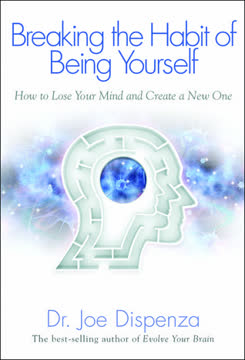
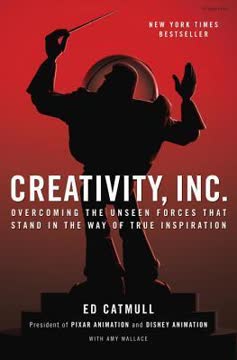
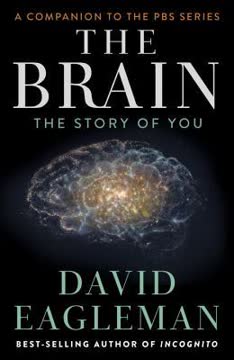
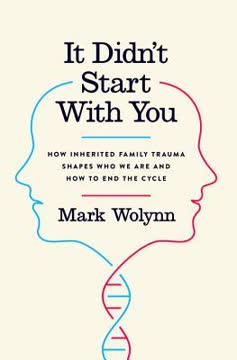

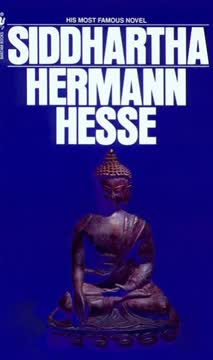
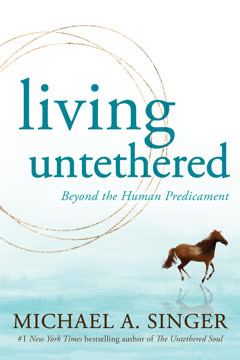
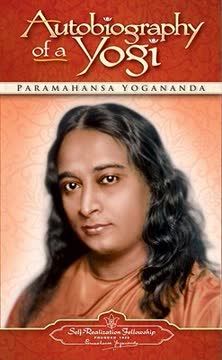
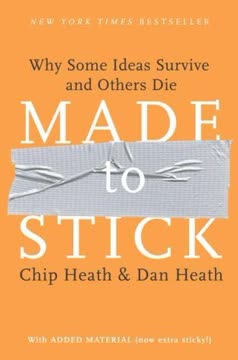
Download PDF
Download EPUB
.epub digital book format is ideal for reading ebooks on phones, tablets, and e-readers.
